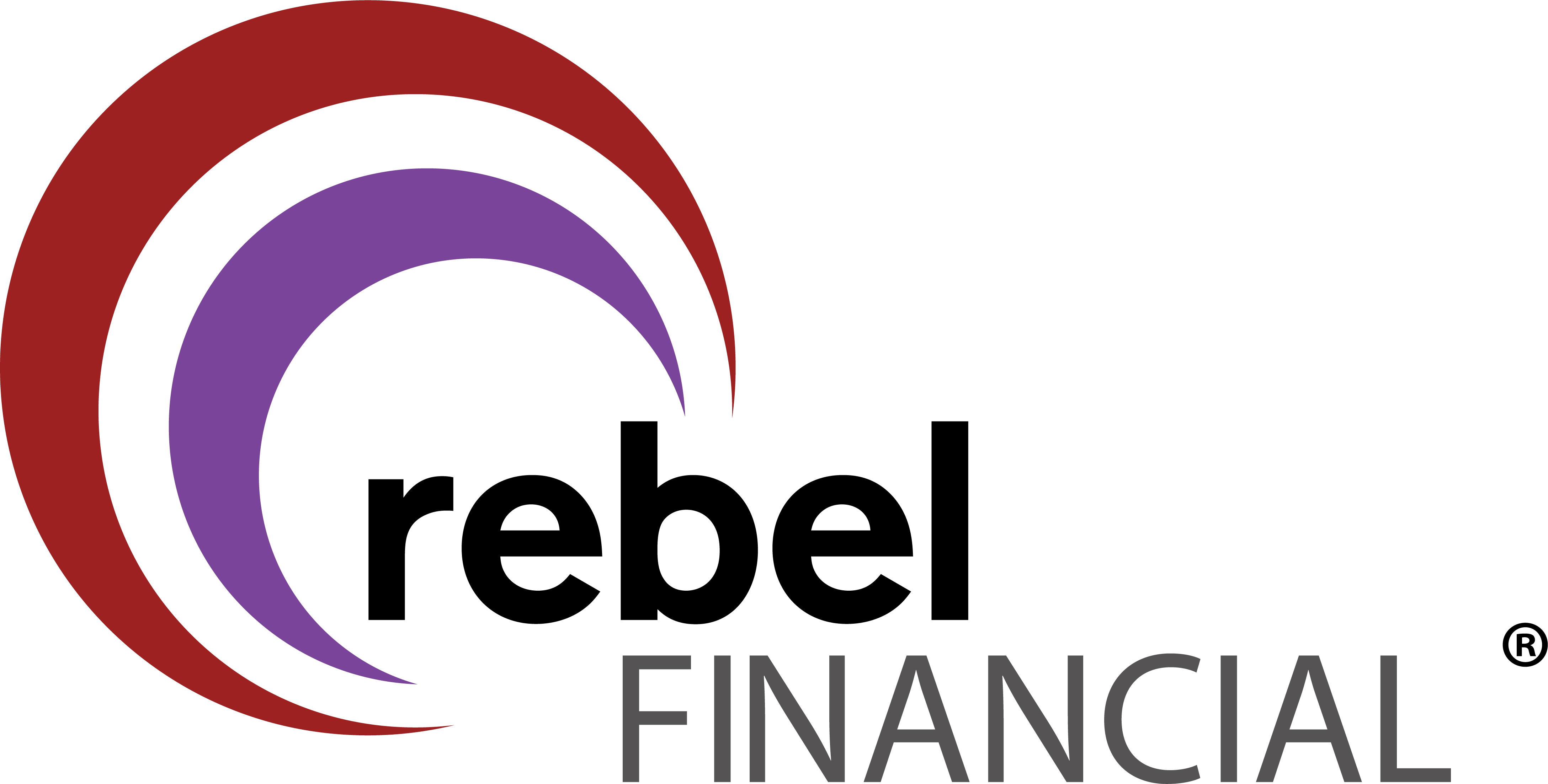What is a 403b Plan
Most everyone has heard of a 401(k), but few people are familiar with its lesser-known cousin, the 403b. The two accounts are similar, but there are a few key differences in eligibility requirements and contribution limits that it pays to understand.
403b accounts are available only to ministers and employees of nonprofit organizations, public schools, and certain hospitals. These employers may offer 401(k)s to their employees instead if they choose, but most prefer the 403b because of its lower administrative costs. Watch the video to get a more detailed explanation from our senior advisor.









